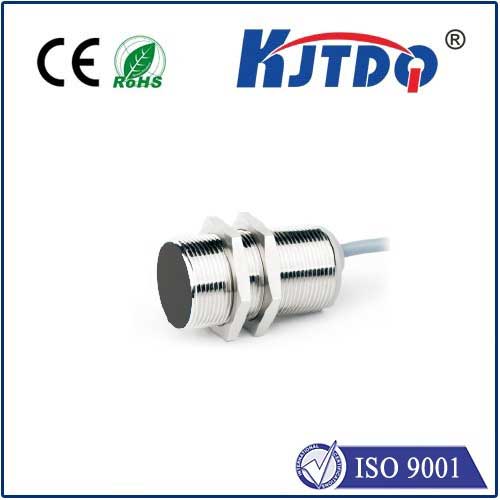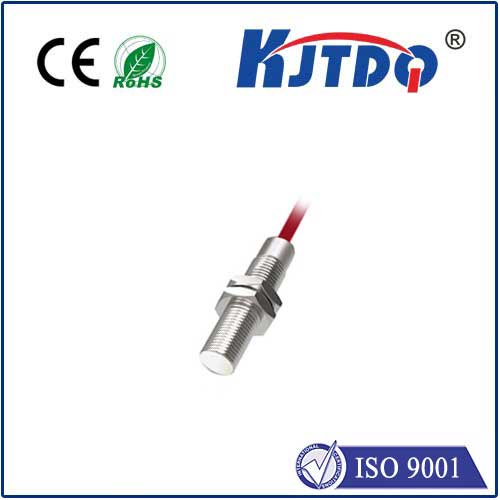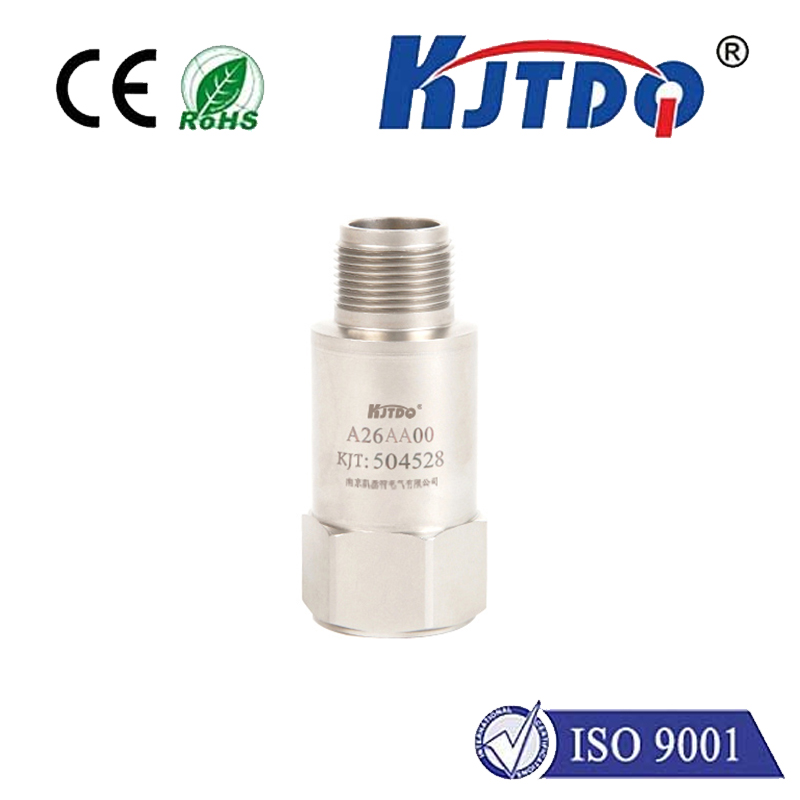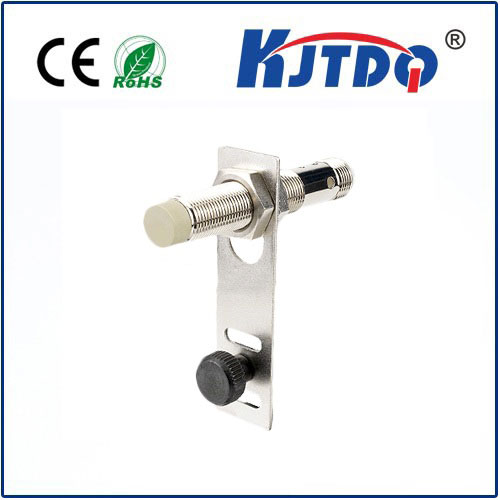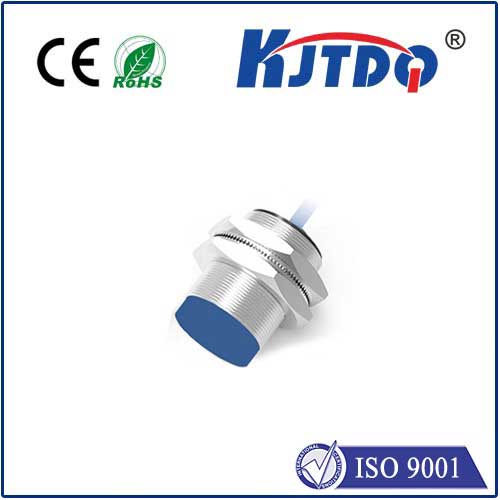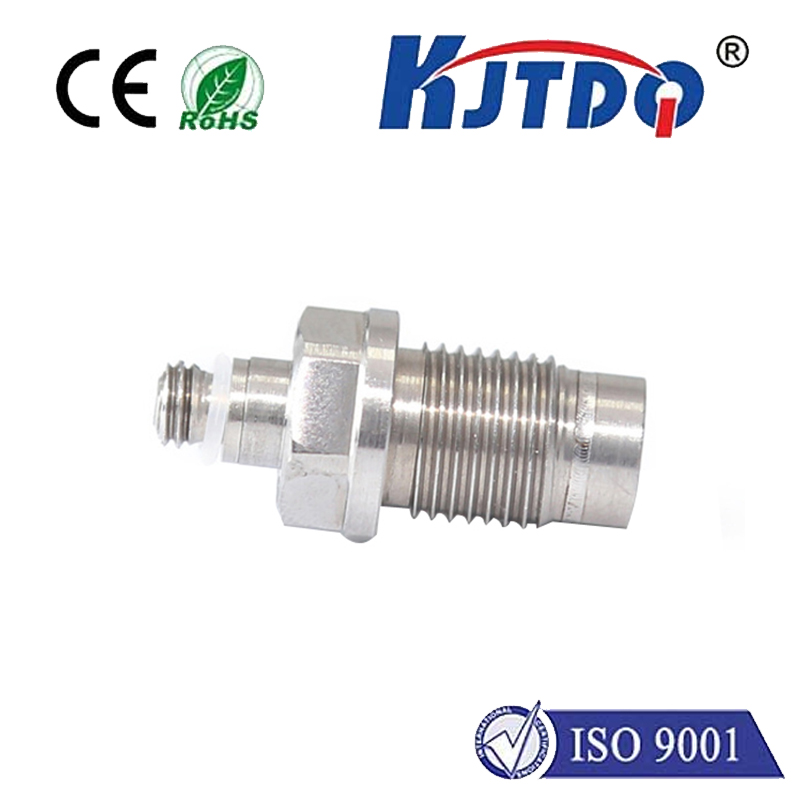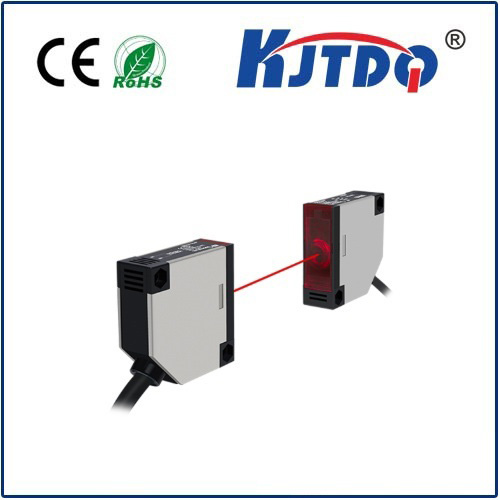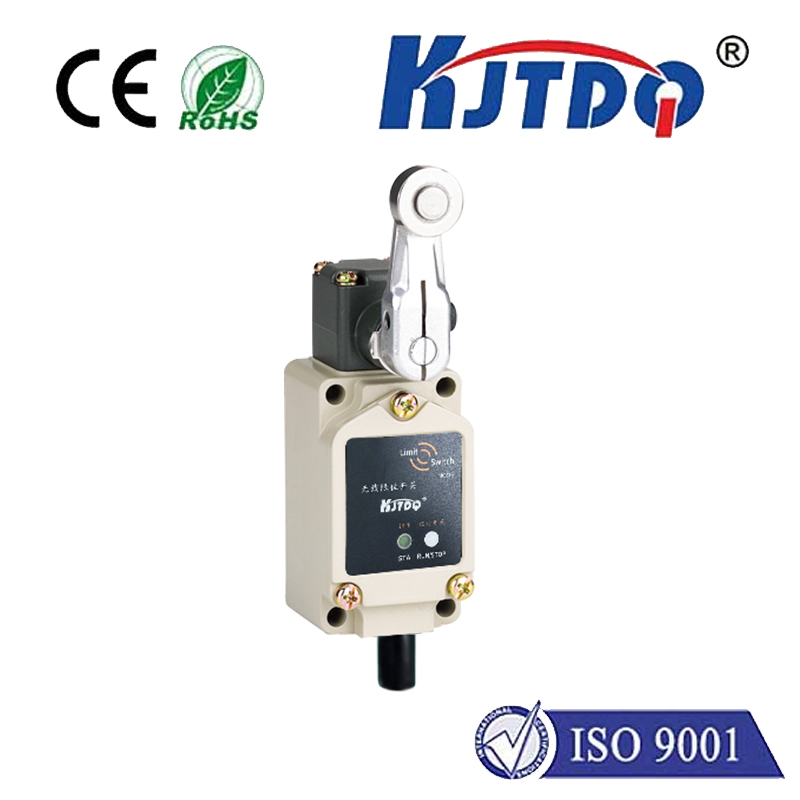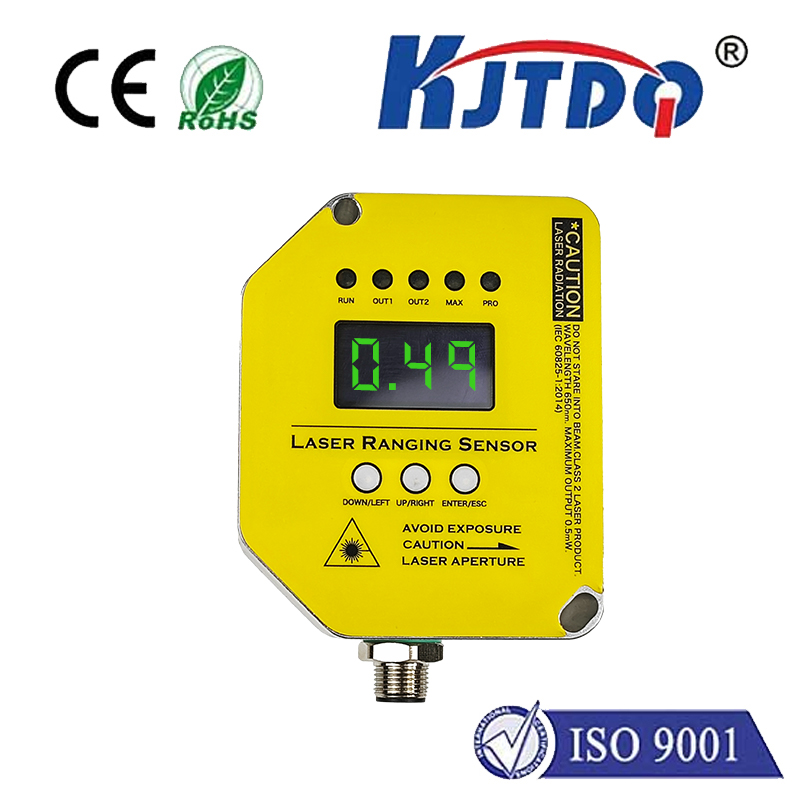
check

check

check

check
Spring Limit Switch: The Unsung Hero of Industrial Automation
The world of industrial automation is a complex one, with countless components working together to create efficient systems that power modern manufacturing. Among these essential components is the Spring Limit Switch – an often overlooked yet crucial element that ensures precise control and reliability in various applications.
What is a Spring Limit Switch?
A Spring Limit Switch is an electromechanical device designed to detect the presence or absence of an object within its operational range. It consists of a spring-loaded lever that activates internal contacts when pressed against an object, completing or breaking an electrical circuit. These switches are available in different actuating forces, housing materials, and mounting configurations to suit diverse applications across industries such as packaging, conveying, machine building, and more.
Key Features and Benefits
Spring Limit Switches offer several features that make them indispensable for industrial automation:
1. Precision: They provide accurate detection of objects, ensuring processes can be precisely controlled and repeated consistently.
2. Reliability: With robust construction, these switches can withstand harsh industrial environments and maintain reliable performance over time.

3. Versatility: Available in various actuator styles and sizes, Spring Limit Switches can be customized to fit specific application needs.
4. Ease of Installation: Most models require minimal effort to install, making them a cost-effective solution for automation projects.
5. Safety: By providing immediate feedback on system status, these switches enhance safety by preventing machinery operation when conditions aren't met.
Common Applications
The versatility of Spring Limit Switches means they have a wide range of uses in industrial settings. Some typical applications include:
- Controlling the start and stop points of conveyors and other material handling equipment.
- Monitoring the position of machine parts like doors, lids, or sliding components.
- Acting as safety interlocks to prevent machine operation until guards are properly positioned.
- Signaling the presence or level of products or materials in hoppers, tanks, or other containers.
Integration into Automated Systems
Incorporating Spring Limit Switches into automated systems is relatively straightforward. They can be connected directly to programmable logic controllers (PLCs), allowing real-time monitoring and adjustment of processes based on their input. This seamless integration enables manufacturers to streamline operations, reduce downtime, and increase overall efficiency.
Maintenance and Troubleshooting
While Spring Limit Switches are known for their durability, regular maintenance is still key to ensuring optimal performance. Common issues such as misalignment, wear, or contact failure can usually be addressed through simple adjustments or replacement of worn parts. Manufacturers typically provide detailed guides for troubleshooting and maintaining their switches, helping users extend the lifespan of their investment.
Conclusion
Though it may not receive the same fanfare as other flashy technologies, the Spring Limit Switch plays a quiet yet essential role in industrial automation. Its combination of precision, reliability, and adaptability makes it an integral part of many manufacturing processes. As industry continues to evolve towards smarter and more efficient operations, understanding how to leverage these unassuming devices will be increasingly important for those looking to stay ahead in the competitive landscape of automation.

